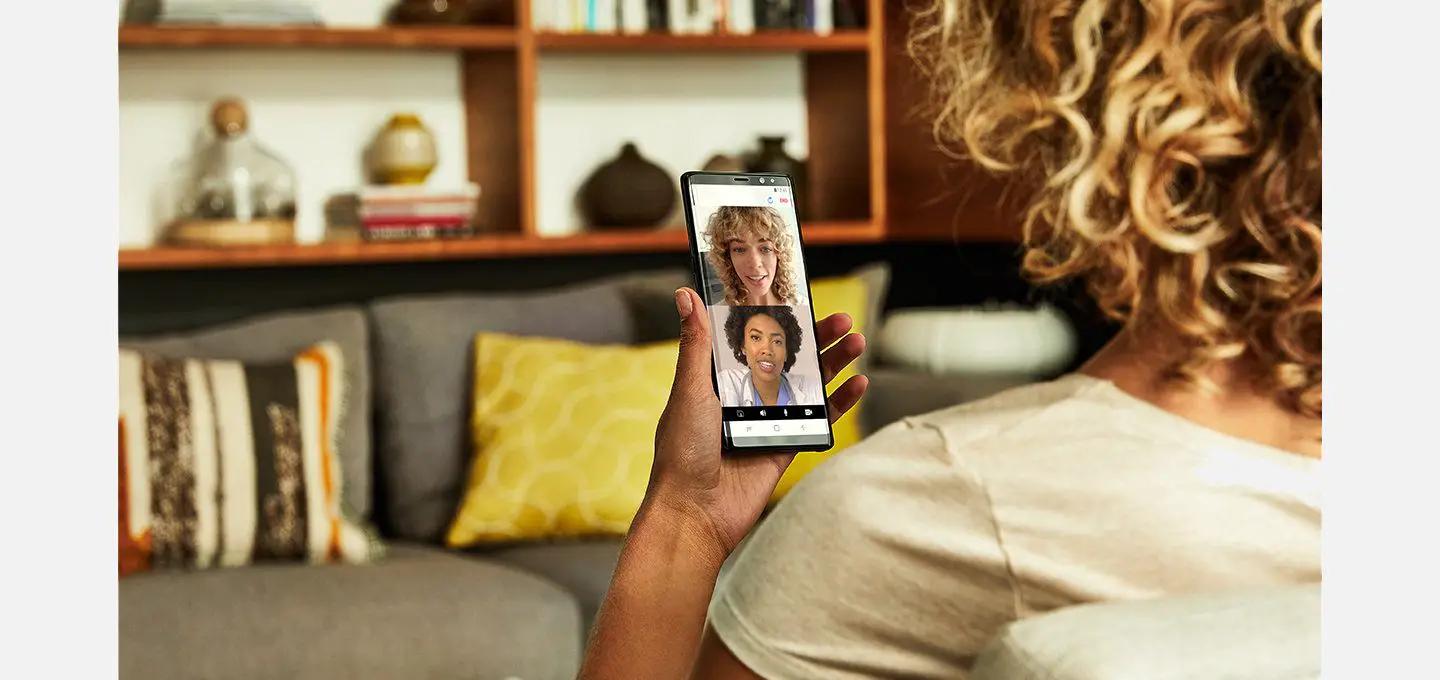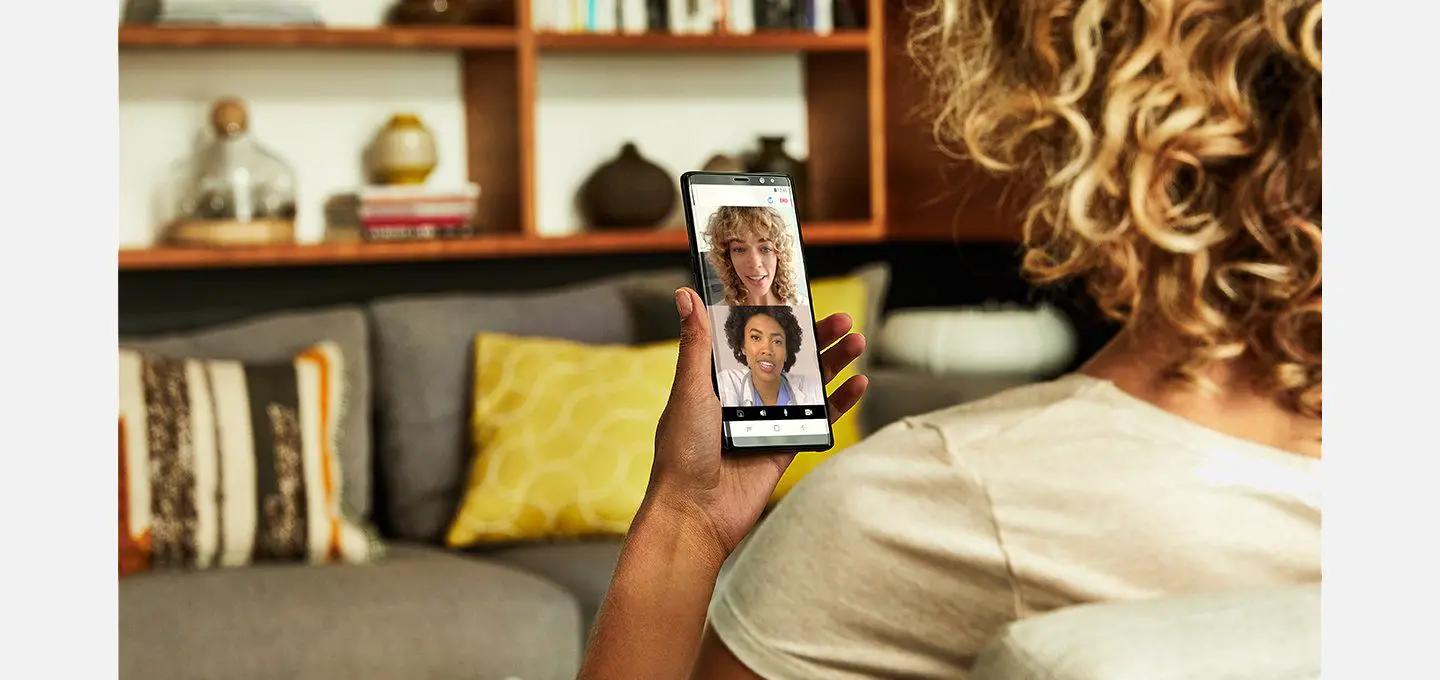

Telehealth has quickly transformed the healthcare industry. Rather than scheduling an appointment, waiting up to a few weeks, and going to a doctor’s office or another healthcare facility, we can now access many types of care from the convenience of our smartphones.
However, telehealth has also brought in its own set of new challenges that must be overcome for it to be successful in the long term. Below, we explore five of the biggest issues telemedicine faces and offer insights on how they can be solved.
Clearing Legislative Hurdles
The Centers for Medicare and Medicaid Services greatly lowered the bar for provisioning telehealth in the wake of COVID-19. Since then, providers have been allowed to deliver care through a larger range of platforms as long as they are not public-facing.
However, this doesn’t address the widely varying state requirements for licensing and credentialing. In general, telehealth providers must be licensed in the state where patients receive care. Only nine states currently offer special telehealth licenses that allow providers to deliver telemedicine outside their state limiting their potential scope.
Although we can expect deregulation to occur over the next few years, the timeline and the path it will take is very much up in the air. This means providers must develop platforms that are flexible enough to adapt to changing legal environments.
Overcoming reimbursement issues
Prior to COVID-19, reimbursement had been a key barrier to the widespread implementation of telehealth. Even now, reimbursement for conditions not related to the coronavirus can still be difficult.
Each state has different regulations guiding the type of services and providers eligible for Medicaid reimbursement. For example, reimbursement policies often only applied to rural areas or those within certain geographic restrictions.
Once the public health crisis has ended, many of the current flexibilities will end, putting a particular strain on smaller facilities. Overall, there must be comprehensive and holistic reform that ensures all providers get reimbursed, whether providing care in person or via telehealth.
Addressing inequality in access to care
One of the greatest benefits of telehealth is that it can facilitate care well beyond the walls of physical healthcare facilities. No longer limited by geography, mobility, or other factors, patients can receive care as long as they have an internet connection.
However, many individuals around the country do not have access to high-speed internet and/or smartphones. For example, only 69.3% of rural areas and 64.6% of tribal areas have adequate access to high-speed broadband. This directly affects patients’ ability to participate in telehealth modalities, including consultation and remote monitoring.
Likewise, many telehealth services are based on smartphone apps. Rural populations are also less likely to own smartphones compared to urban and suburban residents—71% of rural residents compared to 83%.
While 71% may sound like a good number, we’re talking about tens of millions of people, and disproportionately elderly individuals with greater needs, who can’t use telehealth for these reasons.
Providers must develop platforms that can support audio-only, offline, and alternative channels to compensate for these connectivity and device-access obstacles.
Interoperability
Interoperability is fundamental for the long term success of telehealth services. While the large scale adoption of electronic health records (EHR) has been one of the greatest achievements of the past decade, even that has not been with its hurdles—particularly in rural settings.
Taking this electronic health data and ensuring interoperability among disparate apps will require secure data exchange without special user effort. Second, interoperability needs complete access, modification, and use of all patient electronic health information. Finally, it must restrict information blocking or any “knowingly and unreasonably” interfering with the exchange of EHR data.
To do all of this requires the development of core standards and practices, cross-training, and significant investment in data security for all telehealth platforms across the industry.
Patient preferences
Since the foundation of medicine, healthcare has relied on in-person interactions. COVID-19 taught everyone just how important remote care is, especially during times of infectious disease transmission.
However, even with its clear advantages, some patients remain unconvinced. How do you still deliver effective and safe care to these individuals?
As telehealth continues to expand and patients grow more familiar with it, some of this will disappear on its own. But, telehealth providers must take steps to educate patients about the specific benefits of telemedicine, explain to them how to use platforms and services, and ensure their PHI is secure.
Of all the challenges to telehealth, this is both the most difficult, yet attainable. It’s entirely in the hands of telehealth providers how well and how quickly they’ll be able to overcome this barrier.
Telehealth: Driving the Future of Healthcare
Now is the watershed moment for telehealth. As the world slowly returns to normal and some of the regulatory and reimbursements policy restrictions come to an end, whether the healthcare industry can maintain the gains that have been made the last few months remains to be seen. There is no guarantee that healthcare won’t return the way it was before the pandemic.
Now’s the time for telehealth providers and those interested in joining the market to create solutions for the issues described above that will capitalize on all of telehealth’s benefits and ensure the long term viability of this effective and absolutely vital care modality.
You can dive further into the world of telehealth in our Shine podcast. In our latest episode, four industry experts discuss the world of telehealth, the tests it’s facing, and where it’s headed in the near future.
About Ed Adamson
Ed Adamson is a Director of Strategy & Insight at Star, a global consultancy that connects insights, strategy, design, engineering, and marketing services into a seamless workflow. Adamson has 19 years of experience of brand-led innovation for some of the world’s greatest CPG brands from companies including P&G, Kimberly-Clark, Coty, GSK, Bayer, Danone, Mondelez and McCormick Foods.